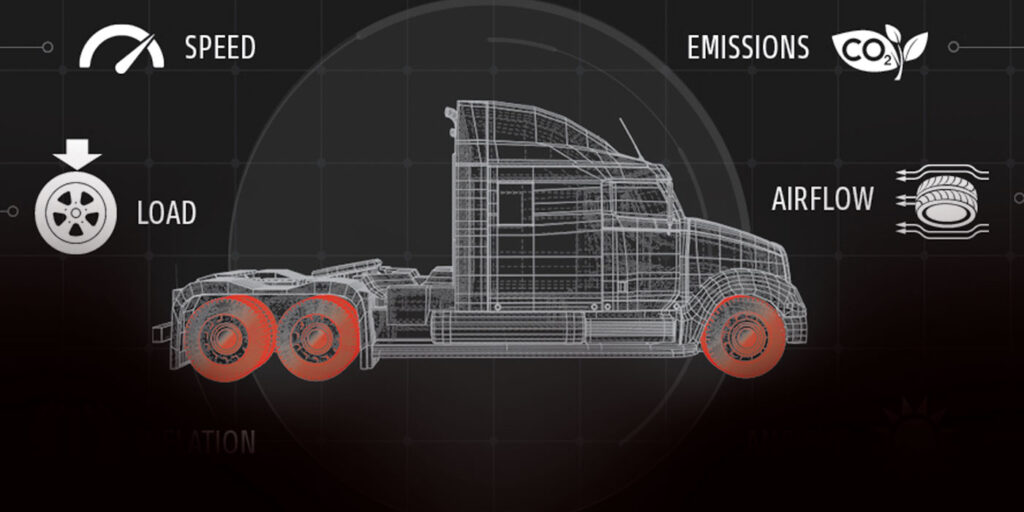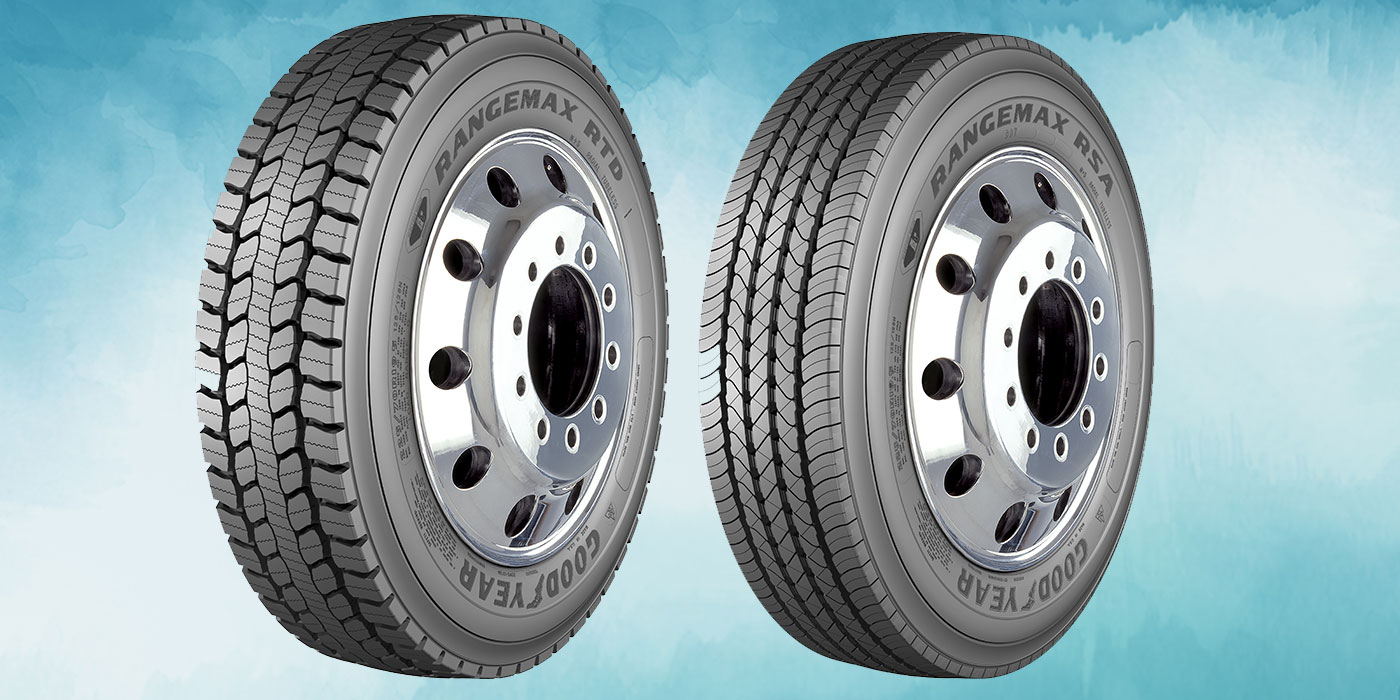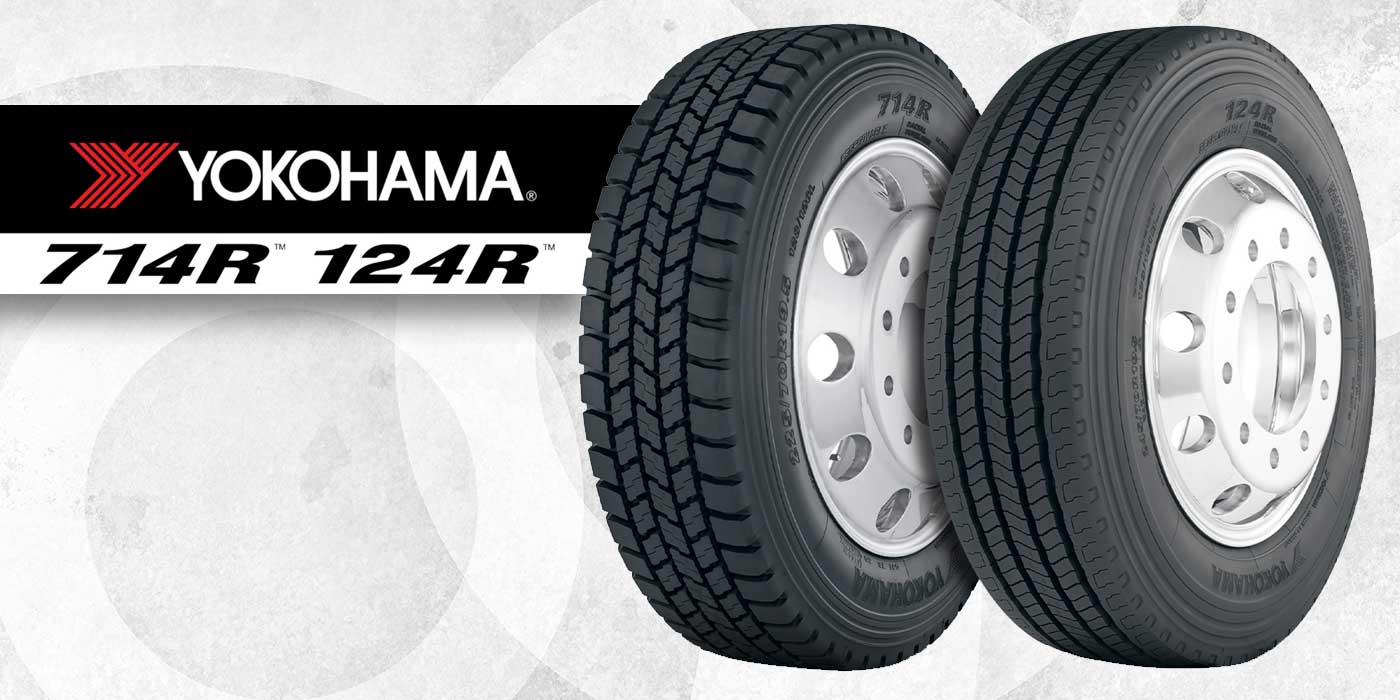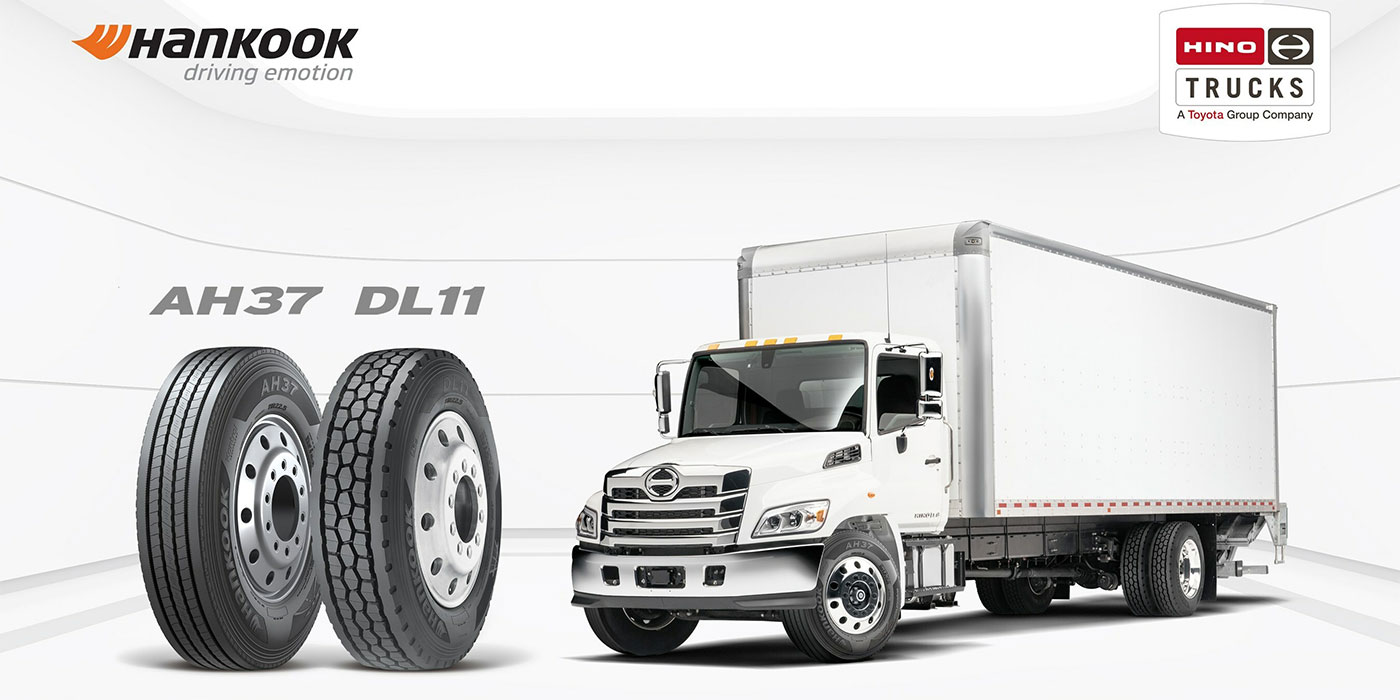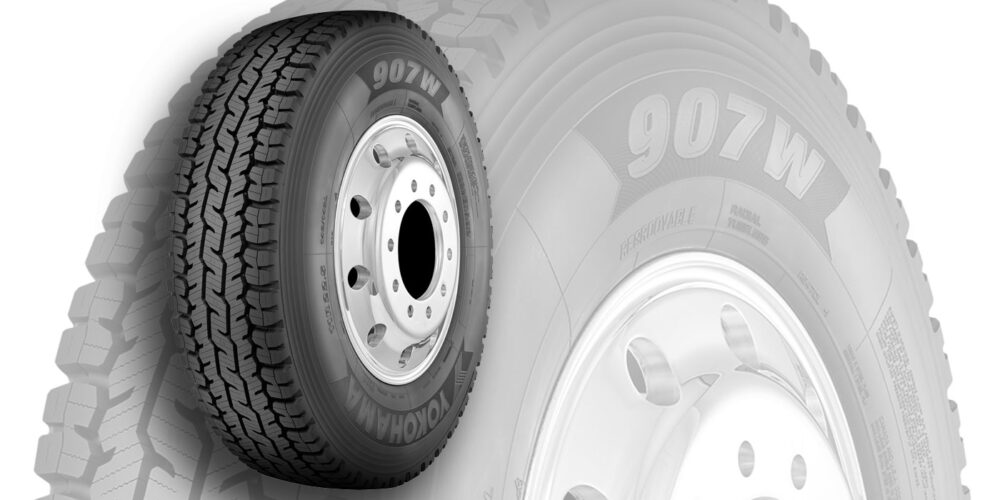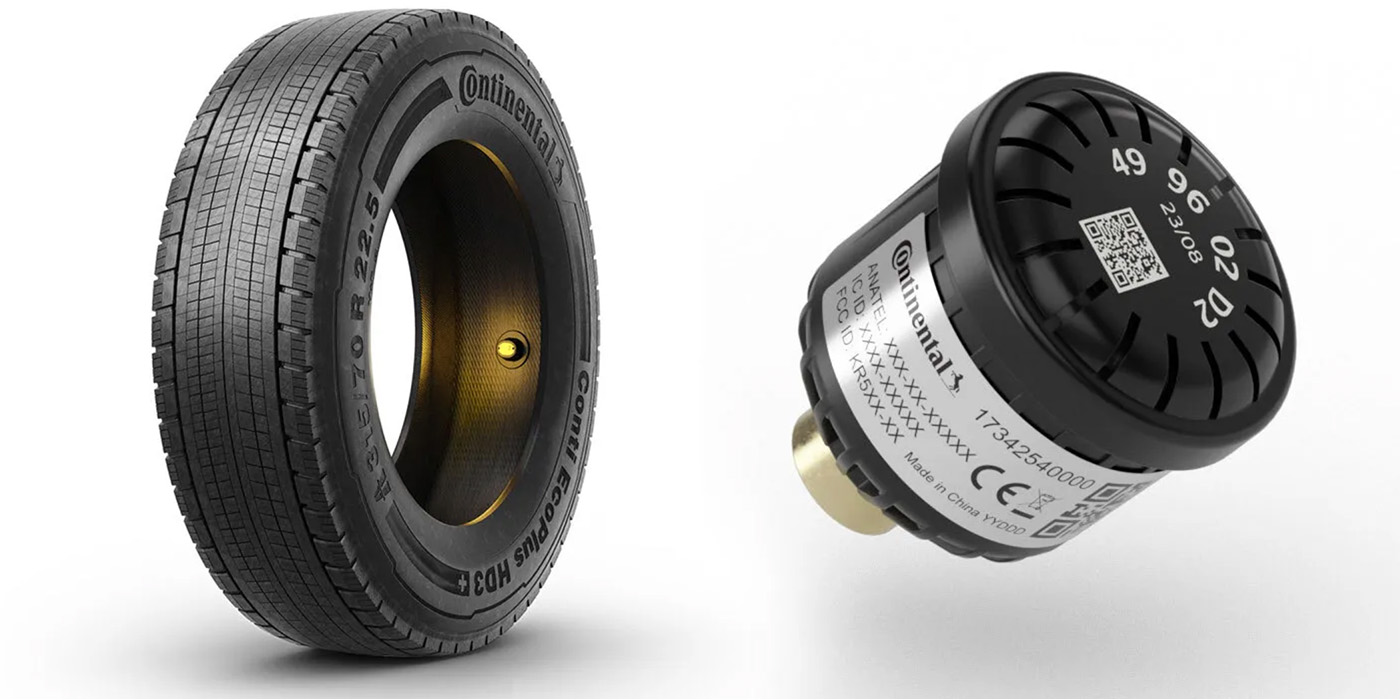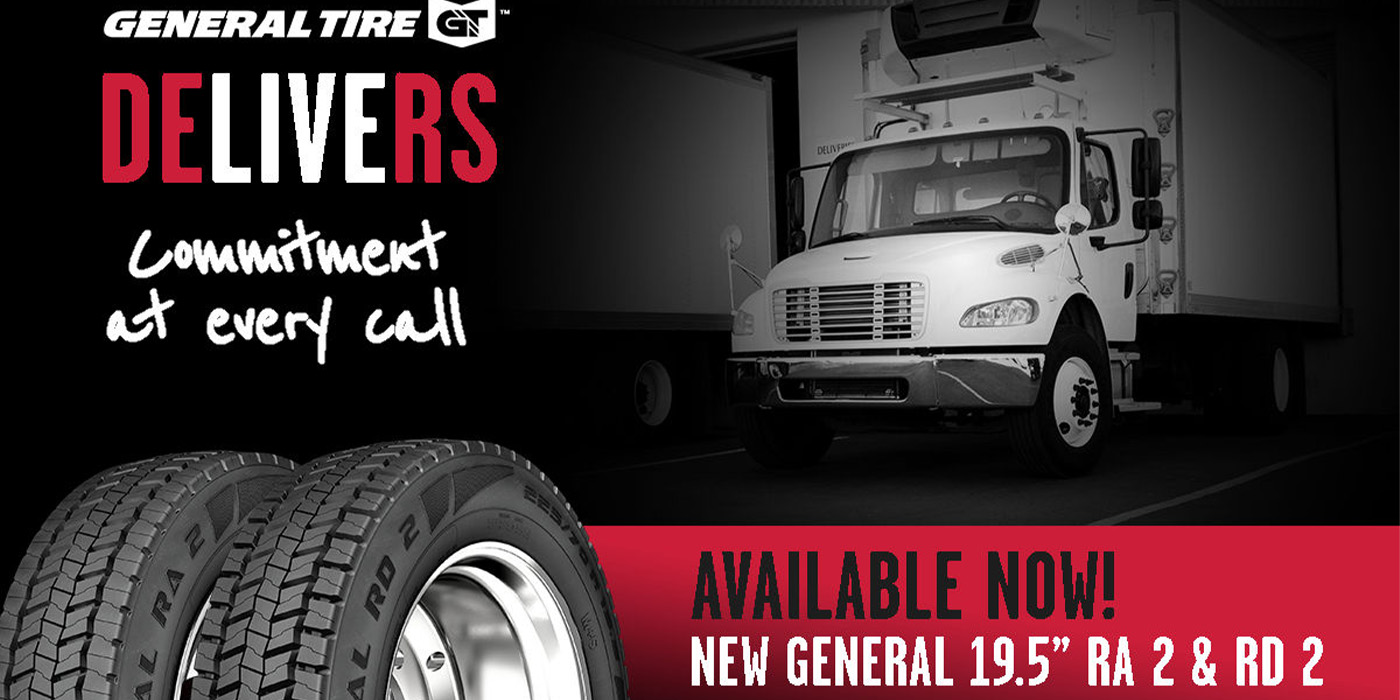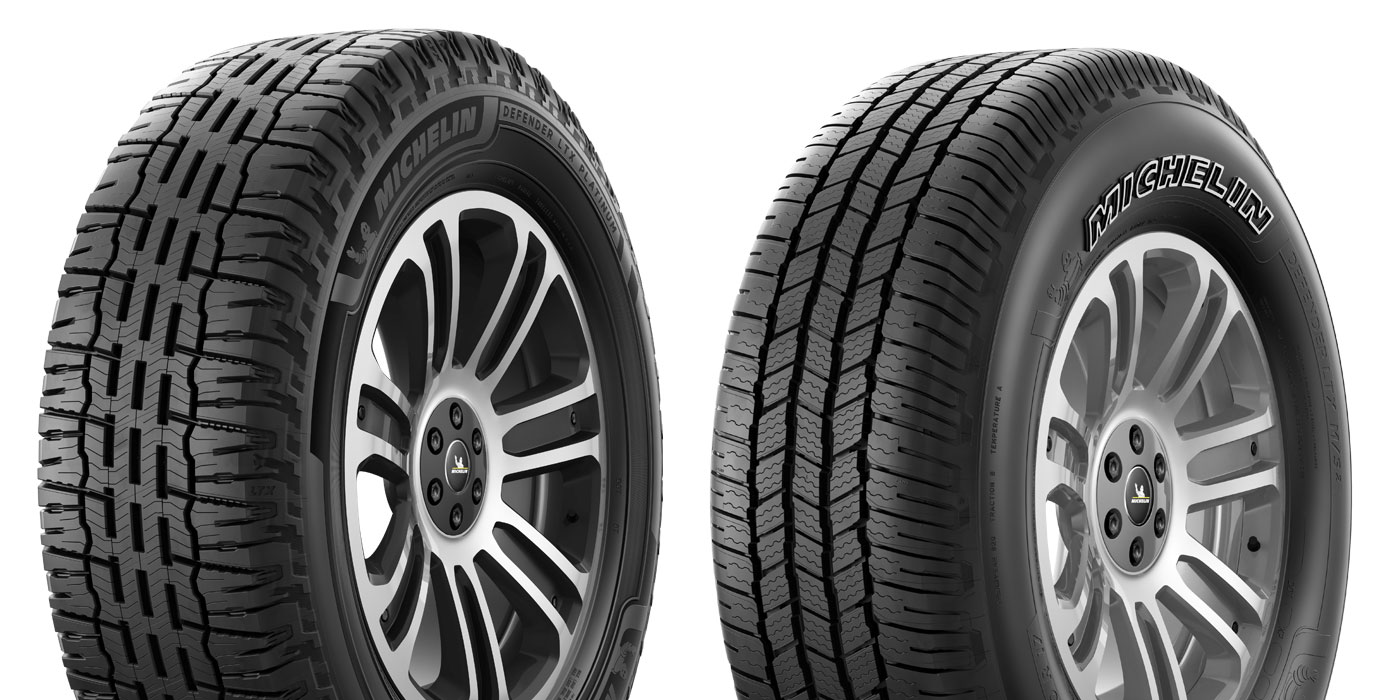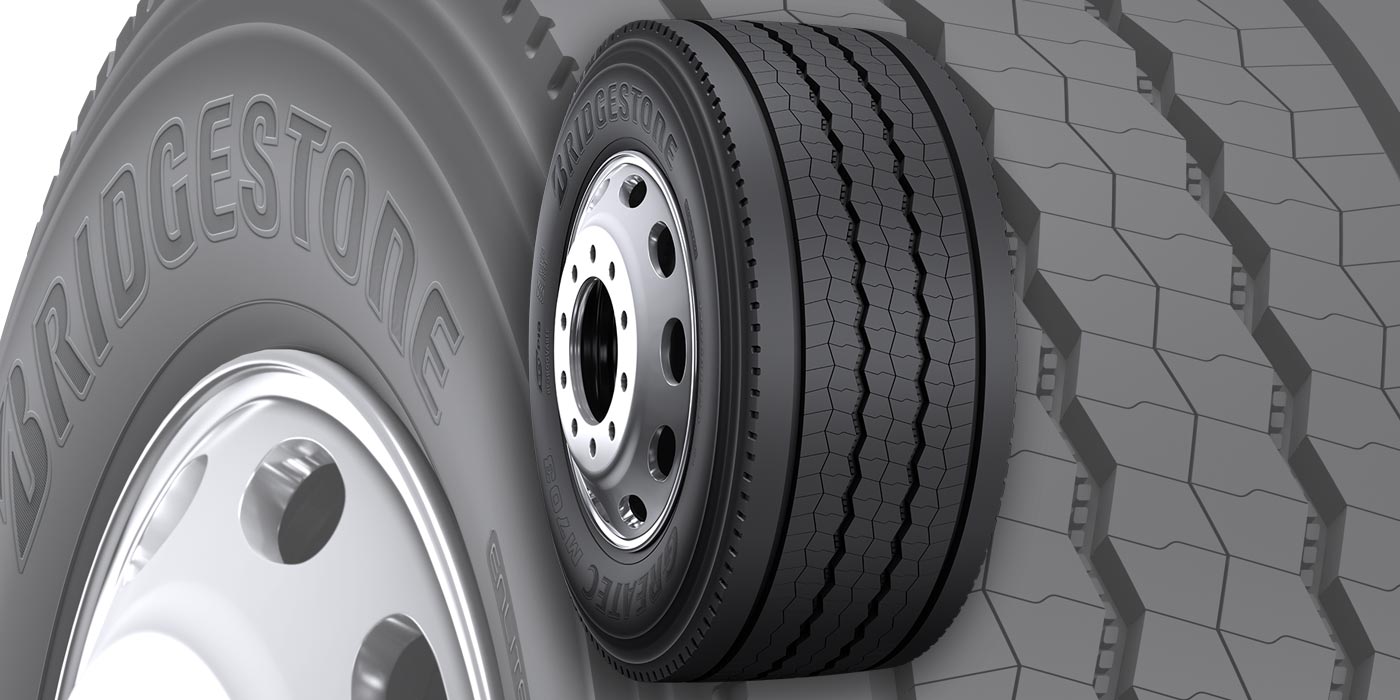Asset uptime and safety are major concerns for fleet managers, and tire maintenance plays a key role in both. According to the National Highway Traffic Safety Administration (NHTSA), on average, 11,000 tire-related crashes each year could have been prevented with proper tire care. Additionally, in 2016, tire-related accidents resulted in more fatalities than those caused by cell-phone-related distracted driving.
For fleets, an accident due to poor tire maintenance can be a significant and costly liability. If an organization’s fleet asset is found at fault in an accident due to improper maintenance, it could be looking at dishing out legal fees, workers’ compensation, lost hours reimbursement — and that’s on top of the cost to fix or replace the wrecked asset.
As your fleet customers’ expert source in tires, it’s important to help them navigate the challenges of choosing the right tires for their assets and daily operations, being proactive in tire maintenance and understanding tire-related safety concerns. Because maintenance and fuel are the two highest variable costs for fleets, emphasizing the importance of proper tire maintenance along with tips to decrease tire-related downtime is a sure way to improve fleet customers’ experience.
Rotation and Alignment
It’s important to keep fleet customers apprised of potential issues related to misalignment and improperly rotated tires. When tires are not rotated adequately, portions will lose their tread quickly and reduce the safety of the vehicle. As a result, the vehicle has reduced braking capabilities and increased risk of hydroplaning. Tires at the front of vehicles don’t experience the same loads, steering or braking functions as tires at the rear, resulting in uneven wear. Tires should be rotated every 5,000 to 7,000 miles, otherwise portions will lose their tread much quicker and have to be replaced potentially thousands of miles sooner. By tracking the odometer reading with each tire rotation service and learning the asset’s average usage, you can remind fleet customers when a rotation service is nearing or due on a given asset.
Misaligned wheels are another cause of uneven tire wear and can affect how a vehicle brakes and responds to a driver. While driving at high speeds, misaligned tires can increase difficulty in steering resulting in the greater likelihood of an accident. In addition to posing a safety risk, misaligned wheels can be costly because they place stress on a vehicle’s suspension—resulting in costly repairs and dragging tires—increasing fuel consumption.
While there isn’t a standard for frequency of checking wheel alignment, it’s recommended to check your customer’s trucks when they purchase new tires. Make sure your fleet customers and their drivers know the signs of misalignment, which include the vehicle pulling to a side while driving on a straight, level road, the steering wheel being off-center while driving, or the tires having uneven wear. If any of these symptoms crop up while a driver is out on their route, they can alert their fleet manager at the first safe opportunity.
Tire Pressure and Tread
Fleets consist of many moving pieces, and standard PM tasks like maintaining consistent tire pressure can fall through the cracks. As their trusted expert on tire maintenance, suggest your fleet customers include weekly or bi-weekly PSI checks on inspections. This will not only help improve tire health, but the inspection reports can prove the asset was properly maintained in the event it gets into an accident.
While both over- and under-inflated tires increase the risk of blowouts on the road, improper inflation isn’t the only tire risk, and it’s important that your fleet customers and their drivers are aware of additional risks. Both under-inflated and bald tires are a safety risk particularly in wet weather because vehicles have reduced braking abilities and an increased likelihood of hydroplaning.
Tread is typically one of the things scrutinized when inspecting tires on DVIRs, in addition to bulges, punctures and foreign objects. While tires are required by law in most states to be replaced when the tread reaches 2/32 in., it’s often recommended to replace tires earlier — when the tread reaches 4/32 in. For fleets, sticking to the 4/32 in. rule can reduce both tire-related accidents and repair events.
Standardization Helps Fleets Reduce Downtime
Many fleets have begun to see the benefits of standardizing parts and equipment. At Cherrylake, a Central Florida nursery wholesaler and leader in landscape construction, irrigation, and maintenance, Fleet and Raw Material Purchasing Manager Herman VanDenBogaert says that standardization has cut down on the time to repair. “If an operator says they need a tire, we already have one mounted to a wheel here in the shop — we just take the whole thing out there, jack it up, switch it out and bring the other one back,” he explains. This is a great option for fleets that service assets in-house, but for those who don’t, dealer partnerships become even more important. Talk with your fleet customers about their biggest tire issues and what their needs and expectations are as far as turnaround time to get parts delivered or services completed.
Asset standardization isn’t the only thing that can help fleet customers save money in the long run, though. While OEM-recommended preventive maintenance (PM) schedules and daily vehicle inspections help keep fleets proactive, general wear and tear on fleet assets typically occurs at a faster rate than personal vehicles, and miles put on them per year are around double. Some fleets are taking an additional step to be proactive and basing their optimal tire replacement policy on historical fleet data. “I’ve worked with fleets that, whether their trucks needed tires or not, they just have a company policy: At — and I’ll just throw a number out — 40,000 miles, this vehicle is getting new tires,” explains James Shelton, technical field support manager, Jiffy Lube International. “And what a lot of these fleets find out is: Sure, you have a little bit of up-front cost, but […] they never have a flat tire, or their number of flat tires is reduced.”
While these types of actions can help reduce downtime for fleets, proactivity means little if not followed up with proper maintenance. “We go through thousands of dollars of tires. If people don’t take care of them or mind them, they can cause a lot more damage,” VanDenBogaert says. Find out what your fleet customers’ PM schedules look like to determine if they’re performing the best maintenance practices for the tires, the vehicle and the application.
Temperature and Geography
Prolonged extreme temperatures, extreme fluctuations in temperature and geography all affect tires, and for fleets that operate nationally, this can complicate things. Proper tire maintenance in the northeast probably won’t look the same as in the southeast, but knowing how temperature and geography affect tire wear can go a long way in helping fleets improve related maintenance.
As the temperature drops, so does tire pressure. Tires lose one PSI for every 10-degree Fahrenheit drop in outside temperature, and at 32-degrees Fahrenheit, you may want to recommend that your fleet customers make it a point to increase PSI checks. It’s also important to increase PSI monitoring as temperatures fluctuate seasonally, as extreme temperature fluctuations can wreak havoc on tire pressure.
When thinking about geography in terms of tire maintenance, the obvious offenders are terrain and road conditions. While many fleets are using fleet management software (FMS) to optimize routes — including bypassing roads in poor condition — there are some geographical challenges that go overlooked. Humidity and even sunlight can impact tire health. “Rubber itself is not a chemically stable component,” explains Shelton. “And by that, what I mean is: When it’s exposed to humidity and ultraviolet rays […] the UV and humidity will take its toll on [rubber components] and will age them quicker.”
To help fleet customers get the most from their tires, determine what areas they serve — whether local, regional, national, or global — and help them tailor a tire maintenance program that best fits their needs and locations of operation.
Streamlining Tire Maintenance with FMS
Keeping track of service data is greatly important for fleets. Service and inspection records not only help keep fleets compliant, they also help prove proper asset maintenance in case of an accident. As more fleet solutions become available, fleets are increasingly turning to fleet management software (FMS) to consolidate all their data onto a single platform.
FMS helps fleet managers automate daily processes, stay on top of PM schedules, and easily communicate in-house service needs. Ask your fleet customer which FMS they’re using and see if there’s a way you can leverage the software to help those customers stay on top of tire maintenance. Some fleet software has a built-in maintenance shop integration, allowing fleet managers to streamline communication with third-party service providers to automate approvals for common maintenance items, such as tire replacements and consolidated billing. Shops and independent dealers can contact software providers to be added to their network and increase visibility among fleet customers.
Rachael Plant is a content marketing specialist for Fleetio, a fleet management software company that helps organizations track, analyze and improve their fleet operations.

